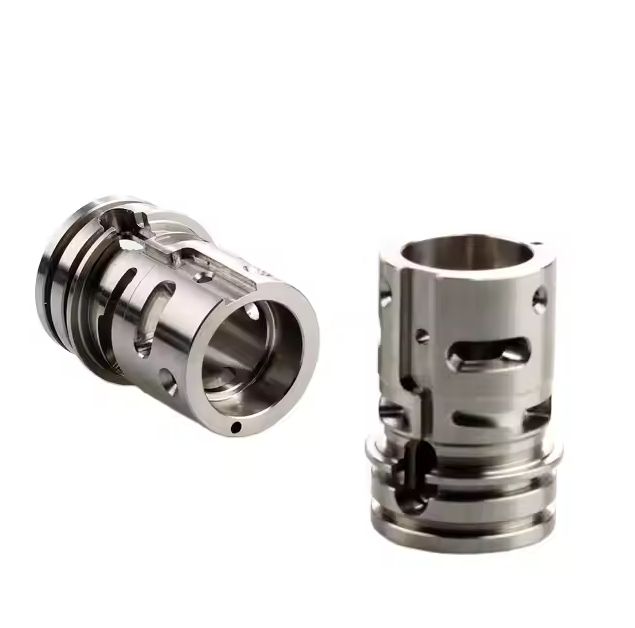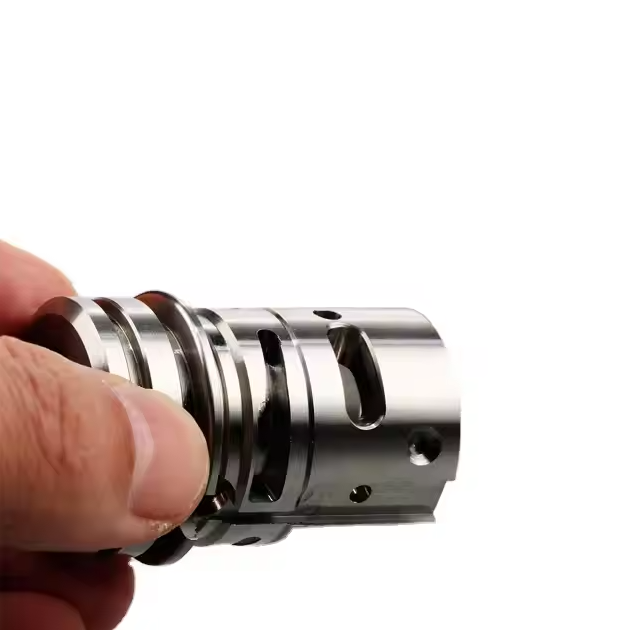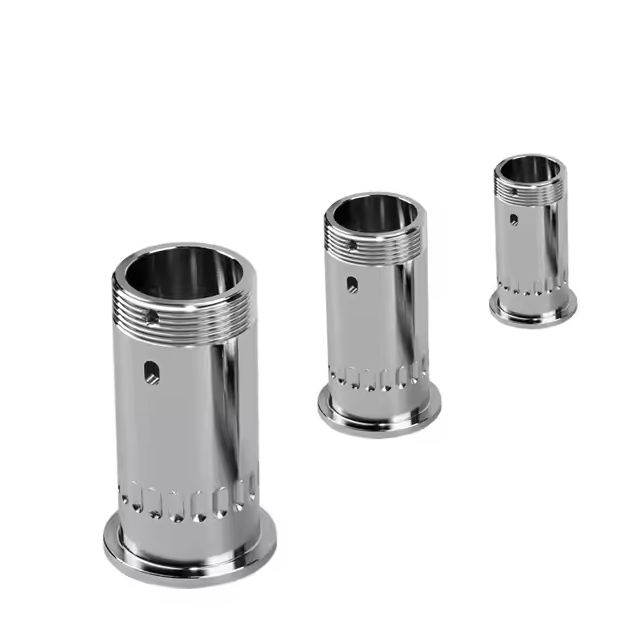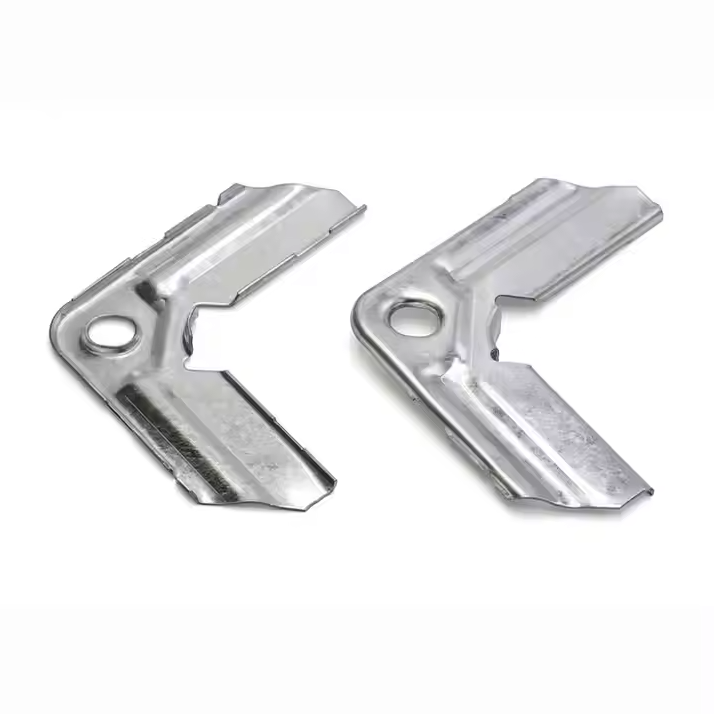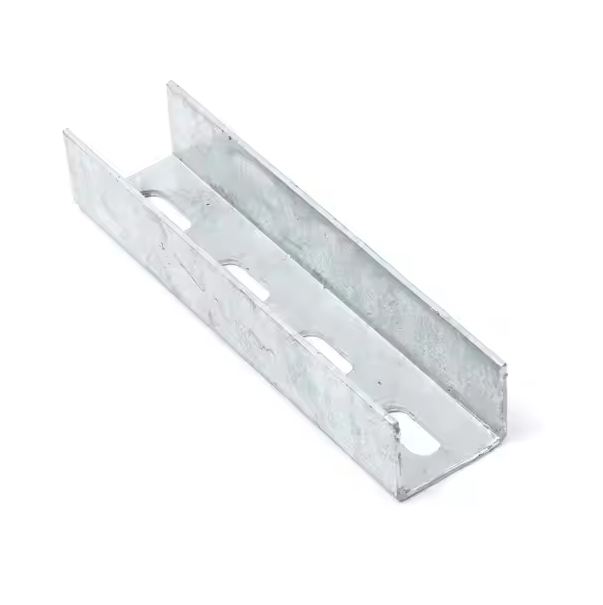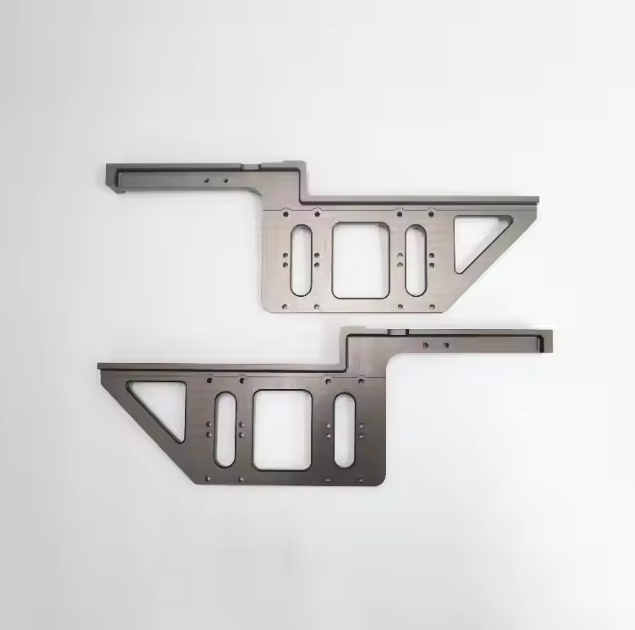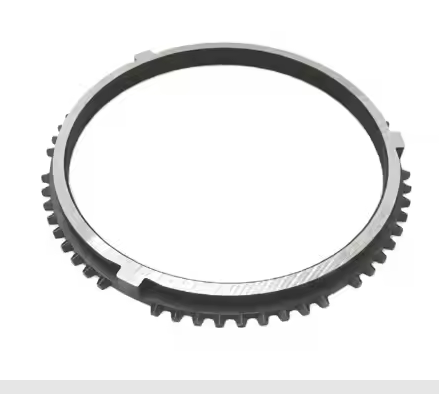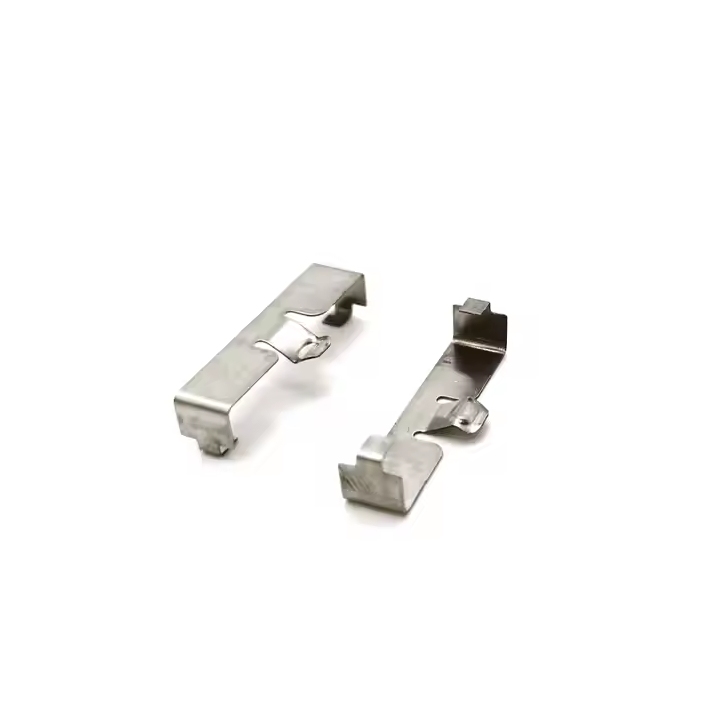Products
CNC 5-axis machining automotive engine precision parts
CNC Milling Parts Information | |
Product name | CNC 5-axis machining/automobile engine precision parts/rapid prototyping machine machining parts |
Product Type | Automotive engine parts |
Size | Custom sizes |
Condition | new |
Origin | Shenzhen, China |
Applicable types | Customized product accessories |
Material | Stainless steel, mild steel, carbon steel, aluminum, alloy, iron, brass, titanium, copper, etc. |
Surface treatment/ processing technology | Galvanized/nickel/chrome plated, powder coated, polished, anodized, painted, hot dip galvanized, brushed, passivated, KTL, etc./ Stretching, EDM, punching, embossing, bending, riveting, welding, laser cutting, etc., according to customer needs |
Mold | In-house design, production and assembly |
Drawing format | PDF, DWG, DXF, STP, IGS, etc. |
Certification | ISO9001/ISO13485/ISO14001/IATF16949 |
Dimensional tolerance/ Delivery time | ±0.05 mm/15-25 days |
Industries we serve | Machinery parts, Auto parts, Mining equipment, Furniture hardware, Medical equipment, Electrical equipment, Building hardware, Agriculture, etc. |
Advantages of CNC Precision Machining
CNC machining is a mechanical and automated processing method in modern manufacturing.Xuanmin offers a range of CNC machining technologies to meet your unique needs.
High efficiency and productivity
Increase processing speed: With programmed control, CNC machine tools can efficiently perform cutting, high-precision, milling and other operations, and can perform multi-axis linkage operations, reducing the processing cycle, especially in mass production.
Multi-task workpiece processing: Some high-end CNC machine tools support multi-task operations and can process multiple workpieces at the same time, greatly improving overall production efficiency.
Reducing labor costs
Automated operation: CNC machining converts many traditional manual operations into automated operations, reducing dependence on highly skilled workers. In CNC machining, technicians only need to set and check the program, without manual operation like traditional machining, reducing labor costs.
Reducing human errors: Manual operations often cause errors due to human negligence, skill errors, etc., while CNC machining has a high degree of automation and good operational stability, thereby reducing the main causes of scrap and rework caused by human factors.
Save materials
Optimize cutting paths: Through CNC machining, the use of advanced CAM software can optimize cutting paths, reduce losses, and improve material utilization. For example, when cutting parts with complex shapes, CNC machine tools can avoid wasting materials through precise calculations.
Reduce defective rate: Due to the precision and consistency of CNC machining, the number of defective products produced during the production process is reduced, avoiding a large amount of material waste.
Simplify the production process
Integrated processing: CNC machining can complete the processing of multiple workpieces on the same machine tool, such as milling, turning, milling, etc. This avoids the cumbersome process of traditional machining that requires multiple equipment to cooperate for processing, and simplifies the entire production process.
Reduce process completion switching and transportation: In CNC machining, most of the processing steps are on the same equipment, and there is no need to carry out workpiece handling and equipment switching, which not only saves time, but also reduces the risk of damage to the workpiece during transportation.
Convenient quality control
Real-time monitoring: CNC machine tools are usually equipped with customized monitoring systems that can track parameters in the machining process in real time, such as tool fatigue, machining accuracy, etc., and automatically adjust the machining strategy. This efficient quality control allows the spindle to be modified at the first time during the entire machining process.
Precision measurement: The measuring equipment equipped with CNC machine tools can automatically detect the size of the workpiece, ensure the accuracy and quality of the machining, and avoid quality problems caused by human workpieces.
Improve product innovation
Support complex designs and structures: The flexibility and flexibility of CNC machining technology supports designers to adopt more complex and unique structures in the process of product innovation. Many designs that cannot be achieved by traditional machining can be easily completed in CNC machining, which enables companies to increase innovation in product design and function.
Rapid prototyping: CNC technology can be used for prototyping, allowing designers to quickly verify the design's breath and make adjustments, thereby shortening the prototype cycle.
Whether it is large-scale production or small-batch customization, CNC machining can provide excellent solutions to help companies improve product quality, shorten production cycles, reduce costs and enhance competitiveness.
Types of CNC Precision Machining
The classification of CNC machining can be based on the processing method.
CNC milling
CNC milling is the cutting of workpieces through rotating workpieces, which is used for plane machining, grooves, round holes, threads, etc. Milling machines can perform 2D or 3D cutting operations and are suitable for a variety of materials, including metals, plastics, etc. Commonly used to manufacture parts or molds with complex shapes.
Application: machining curved surfaces, curved surfaces, gears, bevels, etc.
CNC turning
CNC turning is mainly cutting through rotating workpieces and stationary tools, which is suitable for machining circular or shaft parts. Lathes are mainly used for machining outer circles, inner holes, threads, end faces, etc.
Application: manufacturing shaft parts, outer circle cutting, inner hole machining, thread machining, etc.
CNC workpiece machining
CNC workpiece machining mainly operates the workpiece through a rotating drill bit, which is suitable for parts that need precision hole machining in mass production.
Application: hole machining, hole positioning, hole expansion, etc.
CNC milling
CNC milling uses grinding wheels and other abrasive tools to process precision parts on workpieces, and is particularly suitable for surface treatment and finishing of grinding tools.
Applications: surface finishing, external cylindrical grinding, internal cylindrical grinding, etc.
CNC electrospark machining (EDM)
CNC electrospark machining uses high-precision arc discharge to melt metal, and is suitable for processing higher or complex-shaped materials. It is usually used in mold manufacturing and precision parts processing.
Applications: hole processing, processing of complex molds, processing of hard materials, etc.
CNC laser cutting
CNC laser cutting uses high-energy laser beams to cut materials, and is suitable for precision cutting of thin plate materials, especially in the cutting of irregular shapes and complex curved surfaces.
Understanding the advantages and applicable scope of different CNC machining methods will help to select the most suitable machining method in the production process, improve production efficiency and ensure product quality.
Xuanmin's Strength
Xuanmin has a core mold manufacturing team. From simple molds to continuous molds, most molds are manufactured in the factory.
Category | Capacity |
Maximum tool size | Up to 2500mm*1000mm*550mm |
Maximum tool weight | Up to 1200kg |
Material thickness range | 0.02mm~20mm |
Monthly production | 100,000 custom metal products |
Xuanmin's Design Delivery Process
Xuanmin's All-round Services
Xuanmin's Payment and Shipping

